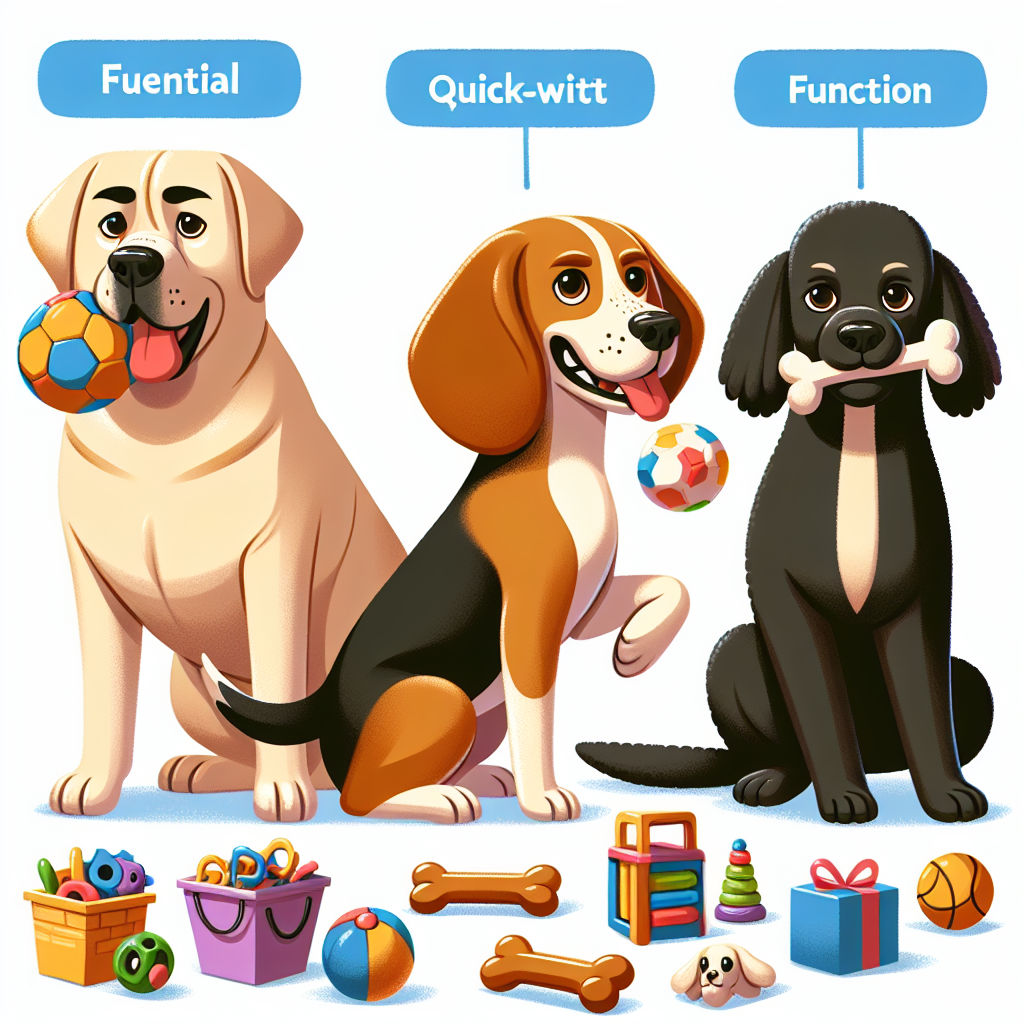
How Dogs Categorize Toys and What it Reveals About Their Intelligence
In recent years, there’s been a growing interest in canine cognition, with researchers uncovering fascinating insights into the mental capabilities of our furry friends. A standout discovery from recent studies reveals that some dogs can categorize toys by their function, not just their appearance. This breakthrough challenges traditional views of canine intelligence and opens new avenues for understanding animal cognition.
The Science Behind the Findings
The study, conducted by researchers at Eötvös Loránd University, observed particularly ‘gifted’ dogs that could recognize toys based on functionality. For instance, they understood labels like ‘fetch’ and ‘tug’ beyond simply recognizing object shapes or colors. This ability to form functional categories mirrors certain cognitive abilities seen in human infants during language acquisition and object categorization.
These insights were made possible through playful at-home tests, highlighting that some dogs link specific actions to toys they’ve never encountered before. The research suggests that dogs develop mental concepts of objects, indicating deeper cognitive processes than previously assumed.
Implications of Canine Cognition
- Understanding Function: The ability of dogs to categorize toys by function rather than appearance suggests they have a concept of abstract properties like purpose, which is a crucial cognitive skill.
- Parallels to Human Cognition: Just as young children learn the names of objects and their uses, dogs appear to use a similar method of categorization. This aligns with findings that show dogs as capable of abstract thinking.
- Potential for Assistance Dogs: These findings could inform the training of service and assistance dogs, utilizing their cognitive abilities in new ways to assist humans.
The Impact on Pet Owners and Trainers
For dog owners and trainers, these insights could revolutionize the way we interact with and train dogs. Recognizing that dogs can comprehend the purpose of items can lead to more effective training methods, enhancing their ability to perform specific tasks.
Practical Applications
In a practical sense, dog trainers and pet owners can exploit these cognitive capabilities to teach more complex behaviors. By associating toys and tasks with specific functions, training regimens can become more nuanced, potentially leading to better outcomes in behavior and performance.
Moreover, this realization supports the design of cognitive enrichment tools for dogs, such as puzzle toys that challenge a dog’s problem-solving abilities and promote mental stimulation.
Conclusion
The recognition of functional categorization in dogs not only enhances our understanding of animal cognition but also provides a framework for improving dog training techniques. By appreciating the intricate cognitive processes that dogs engage in, we can foster stronger human-canine relationships and unlock further potential in working and service dogs. As science continues to delve into the cognitive capacities of animals, who knows what canine capabilities we’ll uncover next?
For more insights on this fascinating research, check the original study on ScienceDaily.




